Australia, known for its stunning landscapes and unique wildlife, also possesses a robust and prosperous economy. With its rich natural resources, strong institutions, and a thriving services sector, Australia has experienced sustained economic growth and weathered global economic challenges. This article delves into the key facets of Australia’s economic landscape, exploring its strengths, growth drivers, and opportunities for the future.
Overview of the Australian Economy
Australia boasts the 14th largest economy globally, characterized by a market-oriented approach and a strong rule of law. The country’s economic success is underpinned by a diverse range of industries, including mining, agriculture, manufacturing, services, and finance. Australia has enjoyed uninterrupted economic growth for nearly three decades, making it one of the longest economic expansions in modern history.
Key Industries and Sectors
a. Mining and Resources: Australia is abundant in natural resources, particularly minerals such as iron ore, coal, gold, and liquefied natural gas (LNG). The mining sector contributes significantly to the economy, with Australia being one of the world’s largest exporters of resources.
b. Agriculture and Agribusiness: The agricultural sector plays a crucial role in Australia’s economy, producing a wide range of commodities such as wheat, beef, dairy, wool, and wine. The country’s advanced agricultural practices and export-oriented focus contribute to its global competitiveness.
c. Services and Finance: The services sector is a key driver of Australia’s economy, encompassing industries such as finance, tourism, education, healthcare, and professional services. The finance sector, in particular, is well-regulated and robust, with major banks and financial institutions operating in the country.
International Trade and Investment
a. Trade Relationships: Australia has a strong trade orientation, with exports and imports forming a significant portion of its GDP. The country has established trade relationships with major economies worldwide, particularly in the Asia-Pacific region.
b. Foreign Direct Investment (FDI): Australia attracts substantial FDI across various sectors, driven by its stable business environment, skilled workforce, and abundant natural resources. FDI inflows contribute to job creation, technological advancements, and economic growth in the country.
Economic Strengths and Resilience
a. Macroeconomic Stability: Australia maintains a stable macroeconomic environment, characterized by low inflation, prudent fiscal management, and a floating exchange rate regime. These factors contribute to investor confidence and economic stability.
b. Skilled Workforce and Education: Australia boasts a highly skilled and educated workforce, with a strong emphasis on education and vocational training. The country’s education system attracts international students, generating economic benefits and fostering innovation.
c. Innovation and Research: Australia encourages innovation and research and development (R&D), leading to advancements in sectors such as technology, healthcare, and renewable energy. Government support and collaboration between academia and industry drive innovation in the country.
Future Opportunities and Challenges
a. Sustainable and Clean Energy: Australia has immense potential in renewable energy, including solar, wind, and hydroelectric power. Capitalizing on these resources presents opportunities for investment, job creation, and reducing carbon emissions.
b. Digital Transformation: Embracing digital technologies and fostering digital literacy can drive productivity gains and innovation across industries. Australia has the opportunity to leverage technology for economic growth and competitiveness.
c. Addressing Economic Inequality: Like many countries, Australia faces challenges related to income inequality and regional disparities. Addressing these issues through targeted policies and inclusive economic growth can contribute to a more equitable society.
Conclusion
Australia’s economy showcases resilience, driven by its diverse industries, resource wealth, and a strong services sector. The country’s economic stability, skilled workforce, and commitment to innovation position it for continued growth and prosperity. By capitalizing on opportunities in renewable energy, digital transformation, and addressing economic inequality, Australia can navigate global challenges and build a sustainable and inclusive economy that benefits all its citizens.











